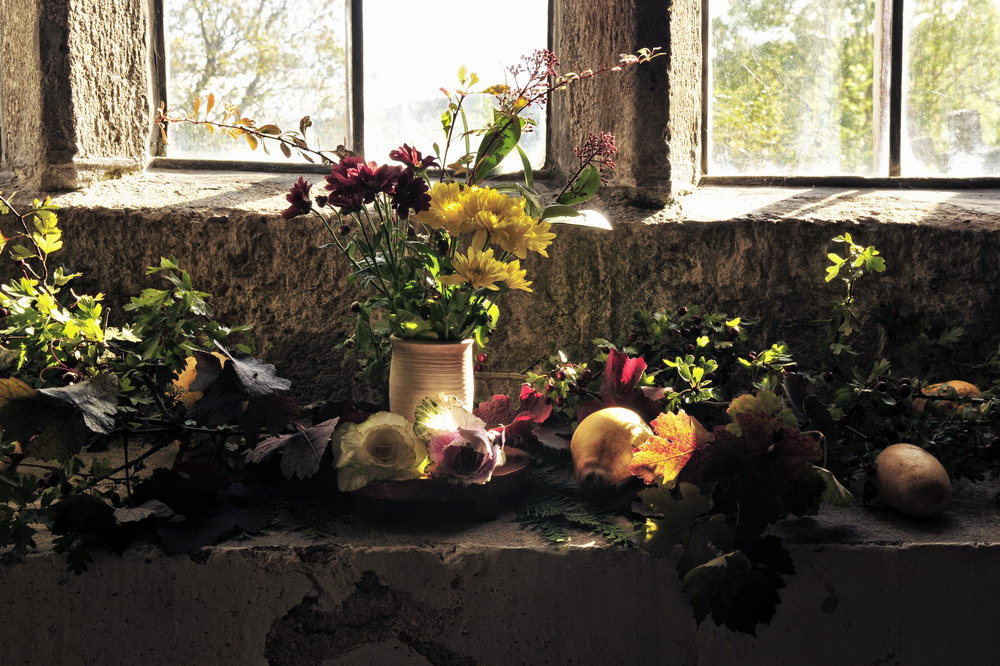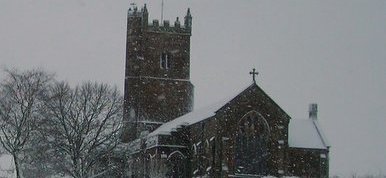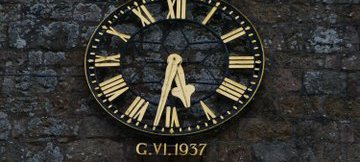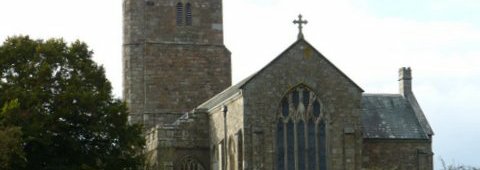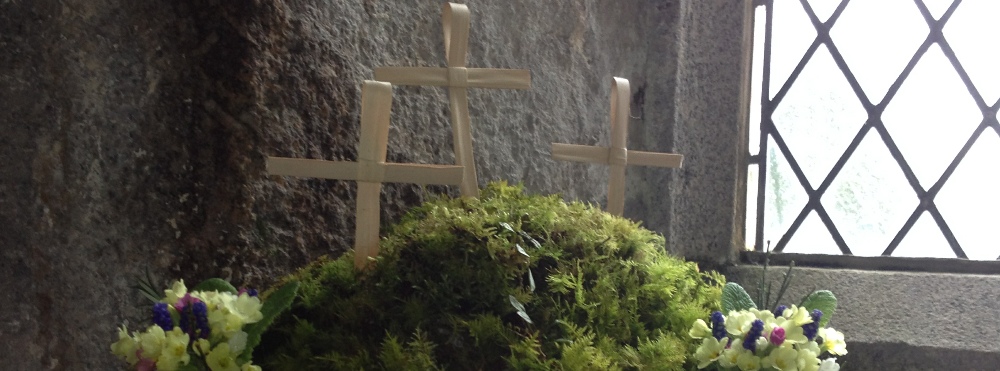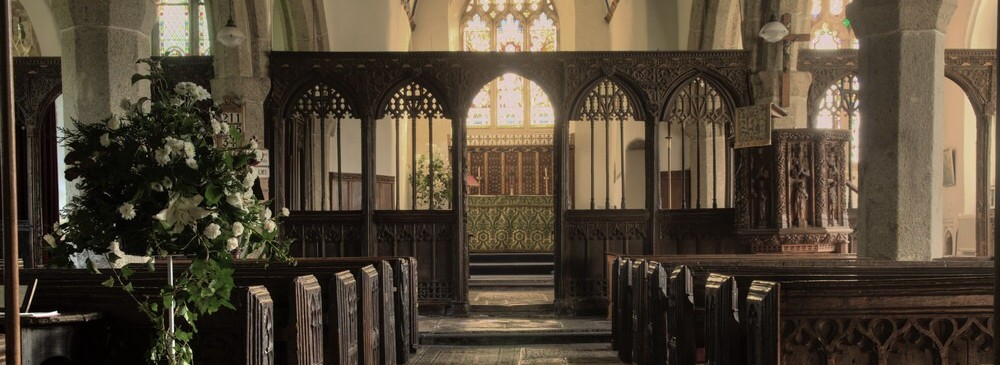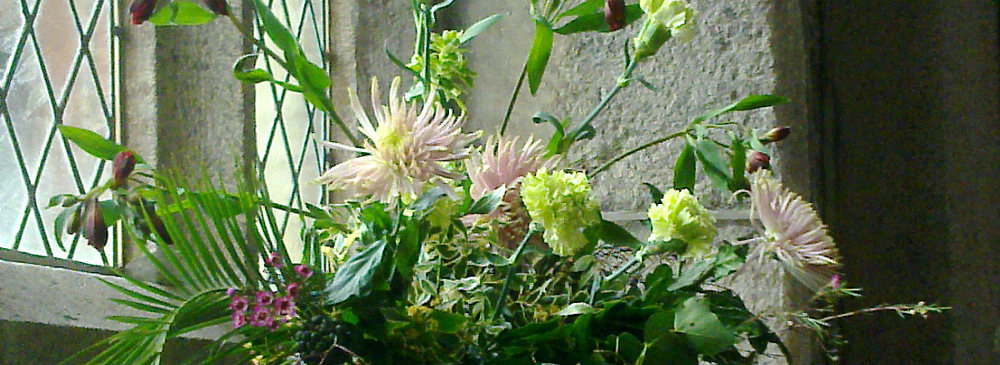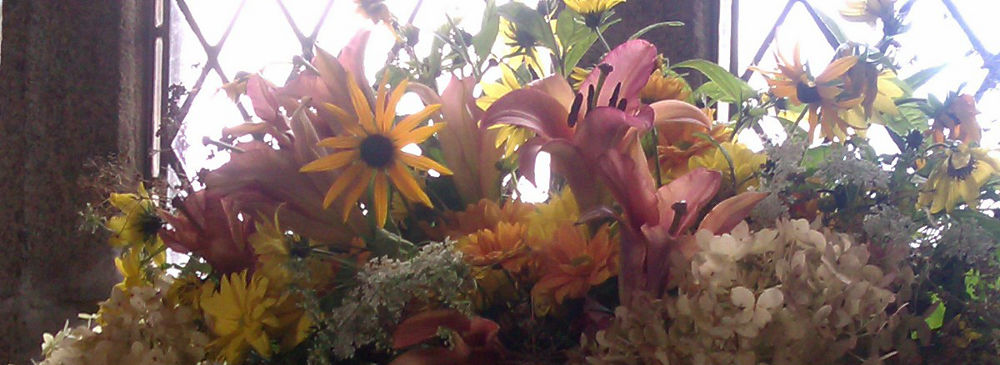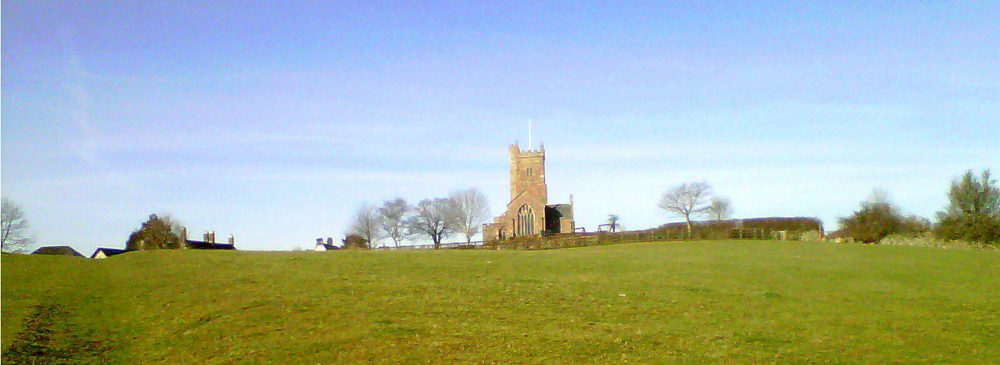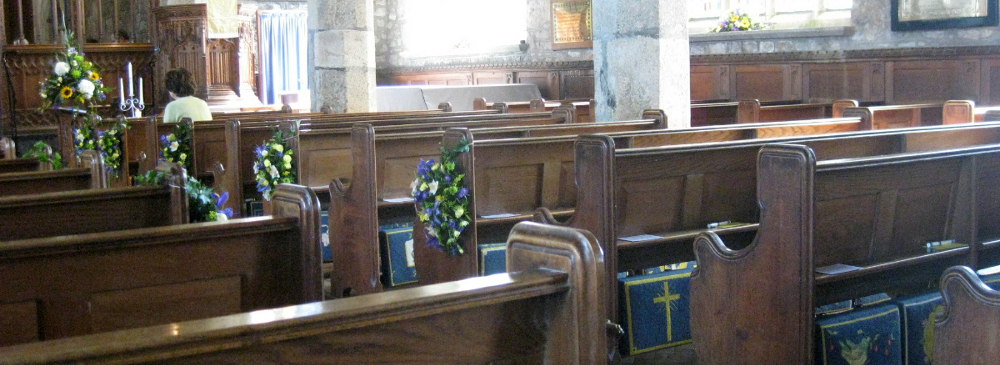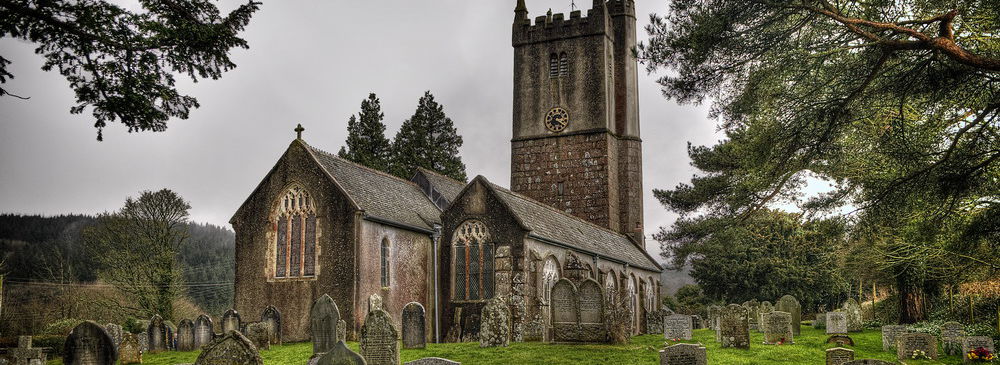

Our thanks to Bill Hardiman for researching the following material
Such panels as the one to be found in St Andrew’s have marked the monarch’s position as the Head of the Anglican Church since the Reformation. Although never compulsory, such boards – known as ‘Loyalty boards’ – became the accepted practice after the Royalist restoration of 1660 and archdeacons admonished parishes in their visitations if they were not displayed.
Approximately 20% of parish churches and cathedrals retain examples, and the tradition is by no means dead, for several dozen have been erected during the reign of our present Queen.
The date of this painted panel is uncertain and we must await a restorative cleaning before we can see the details. Although artists often did not put their names on them and were often commercial artists who did things like pub signs. According to some notes in our archives by R. Heath, the present coat of arms of King George IV, were painted by Davy of Exeter for £11 and erected in the church in 1830. {Perhaps only just in time as George died 26/6/1830 after reigning since 29/6/1820.}
Its height is because it was put above a gallery on the west end of the nave. A gallery was built in 1762 at the west end of the nave and along the north and south aisles where the choir sat and a golden-piped organ was played. It was taken down in the 1904 restoration ‘to open up the western arch’ much to the regret of many older parishioners.
An inverted V of stonework either side of the coat of arms shows the original church roof line before the tower was built c 1420.













